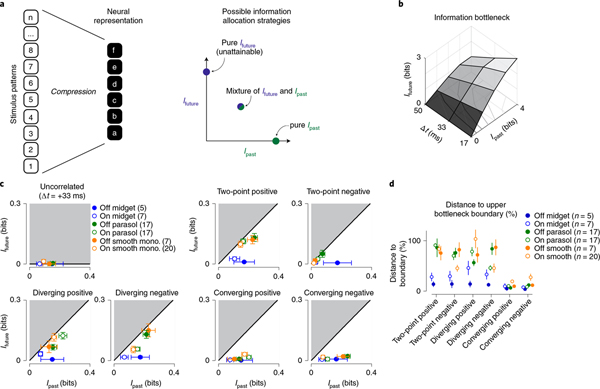Fig. 4 |. Encoding of predictive information is nearly optimal for certain stimulus classes.
a, Left, a potential lossy information encoding scheme that could be used to represent components of a high-dimensional stimulus in the neural output. Right, this neural representation can allocate bandwidth for encoding information about the past stimulus history (Ipast) and information that can be used to anticipate future motion (Ifuture). b, Information bottleneck boundary for available past and future information at three future time lags for the stimulus containing spatiotemporal correlations. c, Encoding of predictive information (Ifuture; y axis) versus past information (Ipast; x axis) for the seven stimulus classes. The black solid line indicates the theoretical boundary for predictive information and the shaded region defines the theoretically unattainable values. Predictive information was nearly optimal for two-point positive, diverging positive and diverging negative correlations. Cellular representations of converging correlations lacked similar predictive information. d, Encoded future information (Ifuture) in six cell types relative to the theoretical maximum value defined by the information bottleneck. Values are given as a percentage of the boundary value for the six stimulus classes used in this study. Number of cells in the population are indicated in parentheses. Circles and error bars indicate mean ± s.e.m.

